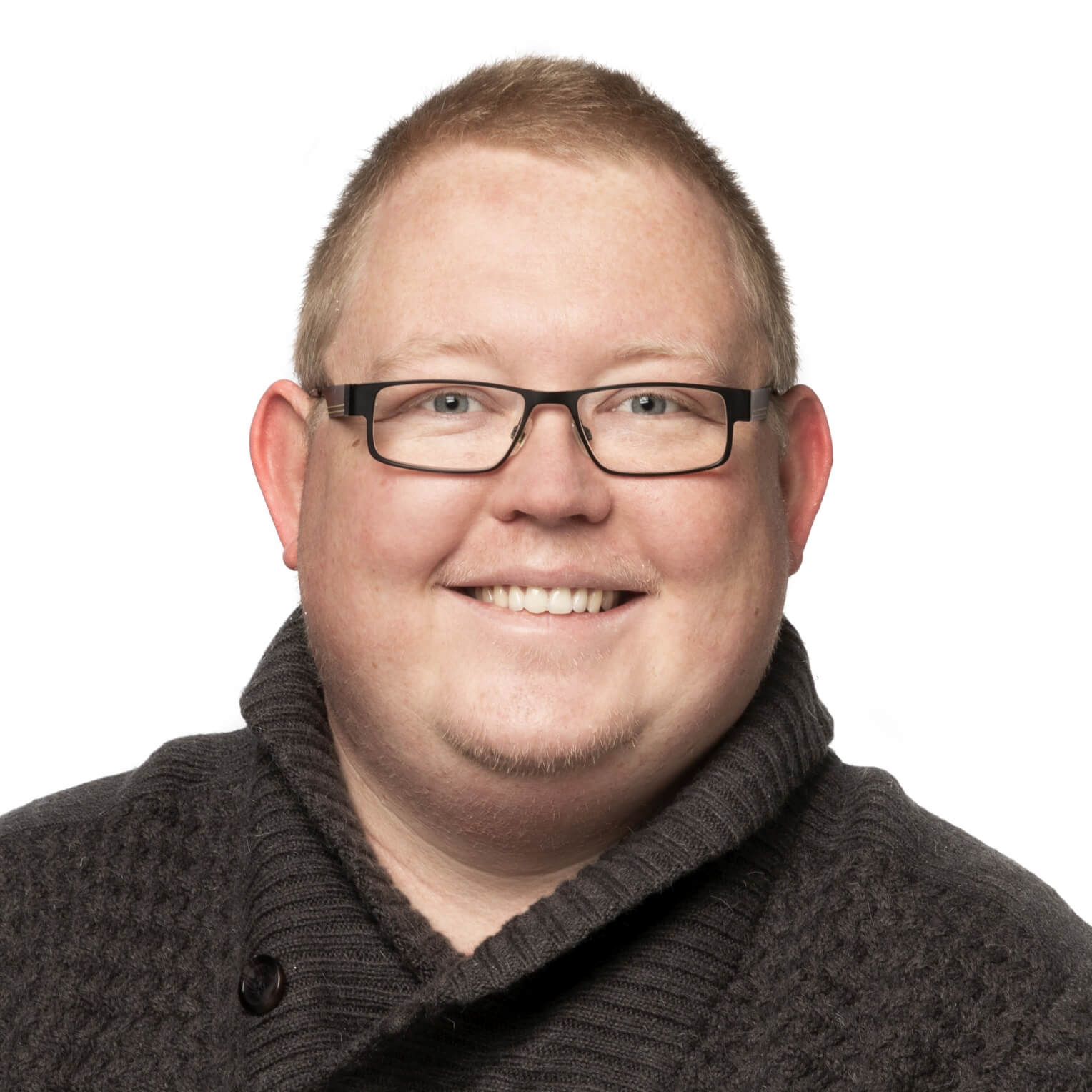ContacT
DFM A/S
Kogle Allé 5
DK-2970 Hørsholm
Denmark
Tel: +45 7730 5800
E-mail: [email protected]
E-mail: [email protected]
CVR/VAT#: DK29217939
Alejandra Sánchez
+45 2545 9043
[email protected]
Kasper Rasmussen
+45 2545 9047
[email protected]

Lisa C. DeLeebeeck
+45 2545 9036
[email protected]
THERMOMETRY
For over 50 years the Thermometry Laboratory has calibrated equipment for temperature measurements, at first for experimental setups at the Risø research facility, later for the pharmaceutical, food, and other industries. Since its accreditation in 1978 the Thermometry Laboratory has been among the leading suppliers of accredited calibration services within contact thermometry in Denmark.
On March 1st, 2018, DFM acquired the laboratory at DTU Risø, and by May 1st, 2019 the thermometry laboratory was relocated to DFM’s facility in Hørsholm.
Items to be calibrated at the Thermometry Laboratory should be sent to DFM’s address in Hørsholm:
DFM A/S, Kogle Allé 5, 2970 Hørsholm, Denmark.
SERVices
DFM’s Thermometry Lab calibrates a wide variety of instruments, and offers the following services, among others:
- Temperature measurements and calibrations in the range from -196°C to +1600°C
- Calibration of pressure (0-4 bar)
- Calibration of voltage, current and resistance
- On-site measurements
- Non-contact thermometry (IR) calibrations
- Consultancy
The Laboratory obtained its accreditation in 1978 and is approved by DANAK to issue certificates for calibrations of temperature, pressure, and DC electricity measuring equipment. The instruments at the laboratory are traceable to international standards.
The measurement capabilities (CMC) are found here on the DANAK website.
For further information, please contact Alejandra Sánchez, Finn Eliasen, or team leader Lisa C. DeLeebeeck .
TEMPERATURE
We calibrate various kinds of temperature instruments, and in most cases we will already have the programs and interfaces required for, e.g., data loggers at our disposal. The Laboratory is traceable through calibration using fixed-point references (e.g., triple point of water), according to the International Temperature Scale (ITS-90).
The measurement uncertainty depends partly on the actual instrument to be calibrated, partly on the calibration itself. For instance, the choice of temperature and sensor has a large influence on the result of the calibration.
Important factors in relation to the calibration include:
- The quality of the instrument (in most cases, the quality and price are correlated)
- The selected sensor, such as: thermocouples, resistance thermometers, and glass thermometers
- The length of the sensor
- Selected temperature range(s)
Choice of sensor: If the instrument has to be calibrated at a higher temperature (above +300°C), the sensor needs a sufficient length to be inserted into an oven, at a minimum of 35 cm, and should be able to withstand the heat, in order to optimize the calibration. With a short sensor, e.g., 10 cm, the calibration for temperatures above +300°C would, unfortunately, not be optimal. At temperatures between -150°C and -80°C, the sensor should possess a minimum length of 20 cm.
Choice of temperature: You may select the temperature of calibration freely between -196°C and +1600°C. However, the measurement uncertainty is lowest for temperatures below +660°C, as our instruments in this range are of the standard platinum resistance thermometer (SPRT) type, as compared to temperatures above 660°C, where we use thermocouples. Additionally, we carry out calibrations at low temperatures with immersion in liquids (alcohol, water, oil, and molten salt). This provides a better stability than can be obtained at higher temperatures in an electric oven. The table below shows our measurement capability (best-case uncertainty ranges) assuming a “best possible sensor”, and is the lowest possible measurement uncertainty we may offer.
| TEMPERATURE RANGE (°C) | BEST-CASE MEASUREMENT UNCERTAINTY RANGE (°C) | TEMPERATURE SOURCE |
| -196 - <0 | 0.006 - 0.012 | Liquid N2 cryostat; alcohol bath |
| 0 | 0.0025 | Ice bath |
| >0 - 300 | 0.006 - 0.012 | Water bath, oil bath |
| 300 - 660 | 0.017 - 0.02 | Molten salt bath |
| 500 - 1600 | 0.5 - 2 | Electric oven |
Measurement range: You may freely select the temperatures at which you want your instrument calibrated. However, you get the best value for the calibration if you select a temperature range that encompasses the temperature range at which the instrument is regularly used.
Calibration intervals: How often should instruments be calibrated? That’s for you to decide in agreement with the authorities. In most cases, however, we would recommend intervals no larger than one year. If you want us to remind you when it’s time to get your equipment calibrated, you may sign up for our reminder service; contact us to learn more.
How to ship instruments
Shipments and pick-up: You may ship you instrument using a carrier or a postal service, or you may deliver your instrument personally at DFM in Hørsholm. We may also pick up your instruments if you are located in the Copenhagen capital area. If so, you may call us at 2545 9043 to make an appointment for a pick-up.
ON-SITE measurements
The Thermometry laboratory carries out accredited on-site temperature calibrations:
- Freezers, down to -196°C
- Autoclaves
- Incinerators
- Power plants



